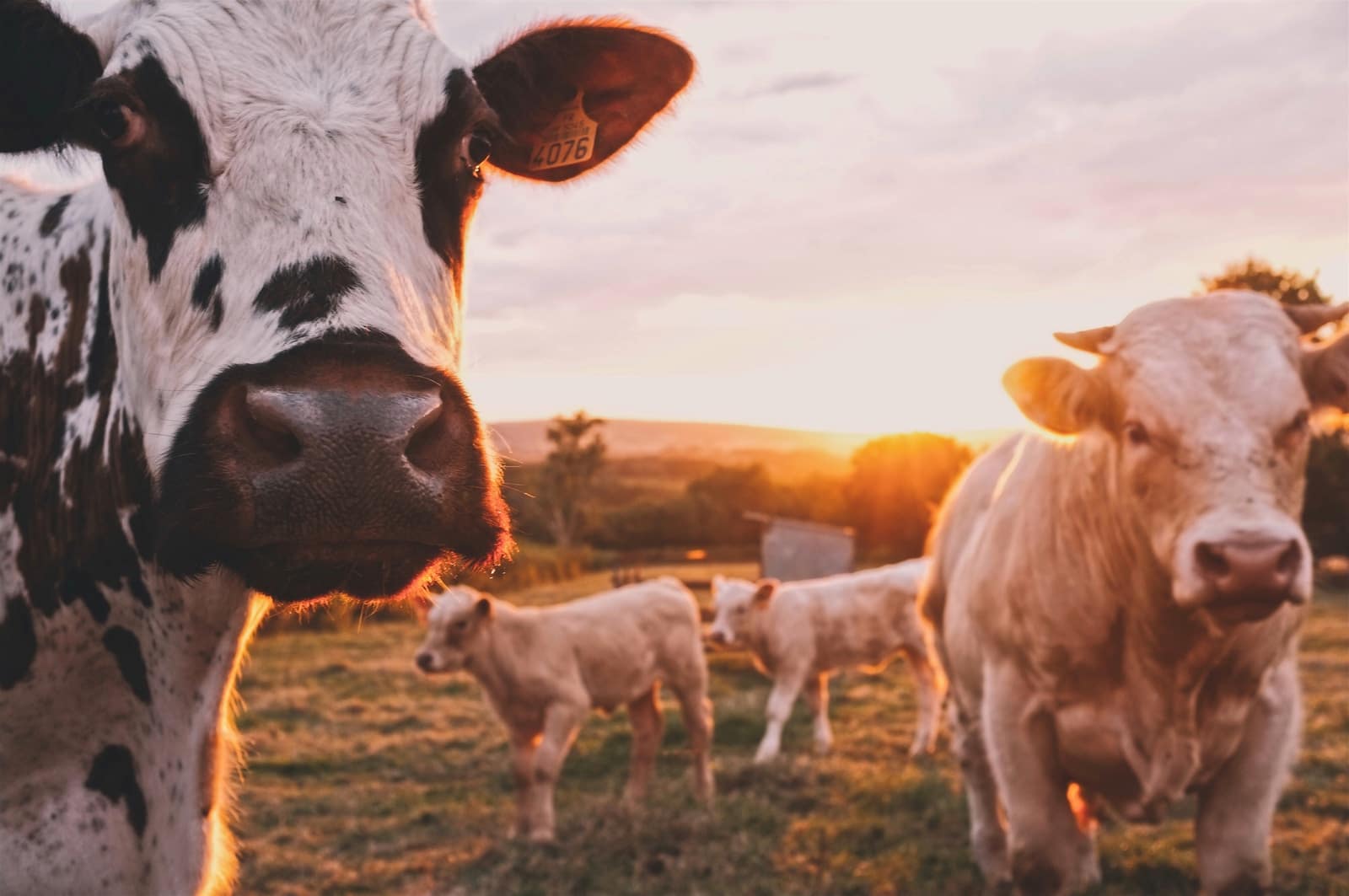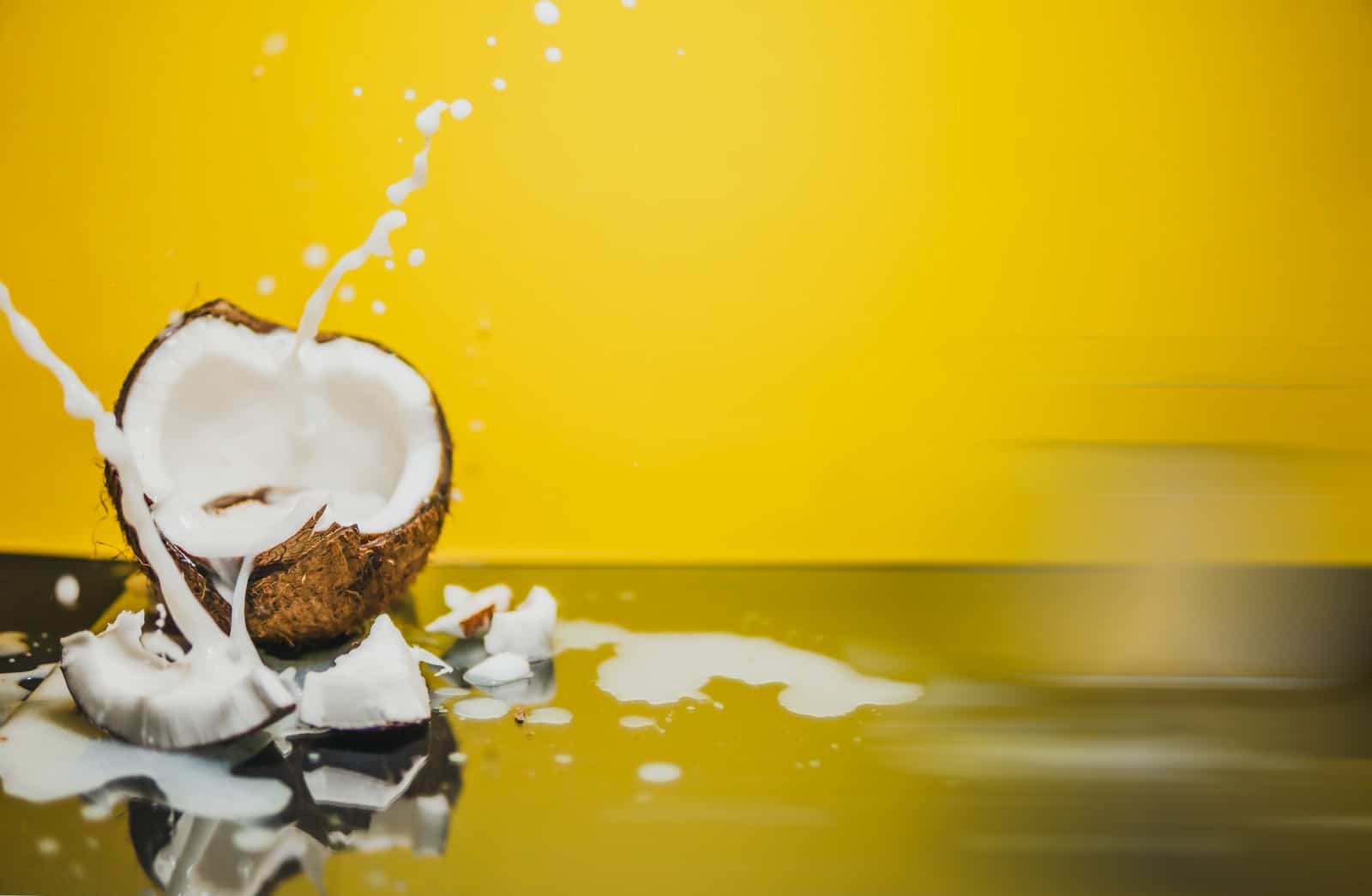For coffee lovers, milk is an essential ingredient in creating the perfect cup of coffee. However, choosing the right milk for frothing can be challenging due to the variety of options available.
Table Of Contents
−- The Best Milk for Frothing: Dairy and Non-Dairy Options
- Factors That Can Ruin a Good Froth
- The Science of Frothing Milk
- Summary Table: Best Milk for Frothing
- Conclusion
- Frequently Asked Questions (FAQs) About Milk Frothing
- What is the ideal temperature for frothing milk?
- Can I froth milk without a steam wand or frother?
- Why is my milk not frothing properly?
- Can I reheat and refroth milk that has already been frothed?
- Is it possible to create latte art with non-dairy milk alternatives?
- Do I need to use full-fat milk for the best froth?
Whether you prefer cow’s milk, soy milk, almond milk, or something else entirely, we’ve tested different types of milk to help you achieve the perfect foam for your coffee.

Read on to learn more about the best types of milk for frothing, the science behind milk frothing, and practical tips for achieving the ideal froth.
The Best Milk for Frothing: Dairy and Non-Dairy Options
After testing various types of milk, we’ve grouped them into two categories based on their frothing performance: what worked well and what didn’t.
What Worked Well for Frothing?

Whole Milk
Whole milk is one of the best options for frothing, thanks to its perfect balance of sugar, fats, proteins, and water. It’s widely available, affordable, and easy to froth, even for beginners. Whole milk produces a creamier, thicker foam, but be mindful of its higher fat and calorie content if you’re watching your diet.
1 Percent Milk
1 percent milk falls between whole milk and skim milk in terms of fat content. It’s a great alternative for those who want to reduce fat while still producing a semi-creamy froth.
2 Percent Milk
2 percent milk foams easily and adds a creamier flavor than non-fat milk.
Skim Milk (Non-Fat Milk)
Skim milk is an excellent alternative to whole milk, providing a foamier froth with larger air bubbles. It contains fewer fats, making it airier, but results in foam that is not as rich and flavorful as whole milk.
Almond Milk
Almond milk produces a nice rich foam and remains relatively sweet at higher temperatures. It’s also easier to create latte art with almond milk. We recommend Califia’s Barista Blend almond milk for the best experience.
Oat Milk
Oat milk is another excellent alternative for frothing. It steams well and yields a great foam, though the foam may not last as long as whole milk. Overall, oat milk is smooth, creamy, sweet, and ideal for latte art.
Soy Milk
Choose the right soy milk, like Silk Original, for a dense foam with a creamy texture. However, it can be challenging to pour latte art with soy milk. Be aware that some soy milk varieties may curdle when exposed to acidity in coffee and hot temperatures.
Almond milk yields a nice rich foam and stays relatively sweet even at higher temperatures. You will also have an easier time making latte art with this milk. Make sure to choose the best almond milk for the best experience. Califa’s Barista Blend almond milk works for me well. I hope it works for you!
Oat milk
Oat milk is another excellent alternative for frothing. It steams like natural milk and yields a great foam, which unfortunately doesn’t hang around for long as whole milk might. This is because of the lighter protein content relative to the fat in oat milk.
Overall, oat milk is smooth, creamy, sweet, and won’t hinder your latte art throwdown. Order yours today!
Soy milk
You won’t go wrong with soy milk if you pick the right one. The Silk Original milk worked well for me. It yielded a reasonably dense foam with a fantastic creamy texture. However, while the foam is delicious to drink, it was challenging to pour latte art with.

What Didn’t Work Well for Frothing?
Cashew Milk
Cashew milk produced a thin foam that dissipated quickly and had a somewhat bitter and flat taste.
Hemp Milk
Hemp milk was impossible to froth effectively and felt like steaming water.
Coconut Milk
Coconut milk was not suitable for frothing and produced undesirable results.

Lactose-Free and Organic Milk
These types of milk don’t foam as well as others due to the ultra-pasteurization process that destroys proteins needed for froth stability.
Factors That Can Ruin a Good Froth
- Use fresh, cold milk for optimal foam.
- Consume fresh milk within 10 days of purchase. For frothing, use within 5 days of purchase.
- Store milk in opaque containers, away from light.
- Use milk straight from the fridge and start frothing instantly.
- Avoid ultra-pasteurized organic and lactose-free milk when trying to achieve a thick foam. They work better for lattes.
- Don’t leave milk on the counter after use; always refrigerate it to maintain freshness.
- Wash your milk container after use to prevent bacterial growth.
- Never pour hot milk over ice, as bacteria can grow.
- Avoid re-steaming milk once it has been heated. Steam only the amount you need.
- Don’t pour fresh milk into milk that has already been steamed, as it increases the risk of bacterial growth.

The Science of Frothing Milk
The science behind frothing milk involves the interaction between fats and proteins in milk. Fats contribute to the creamy texture, while proteins stabilize the entrapped air and form bubbles and foam. When milk is steamed, air is forced into the milk while increasing its temperature, creating the froth.
Whole milk creates a creamier, thicker foam due to its higher fat content. Skim milk, on the other hand, produces more foam with larger air bubbles due to its higher protein content and lower fat content.
If the milk has too much fat, the protein may not be able to support the bubbles, and the froth may collapse. Similarly, if the milk’s protein content is too low, it may not stabilize the foam effectively.
Summary Table: Best Milk for Frothing
| Type of Milk | Frothing Performance | Pros | Cons |
|---|---|---|---|
| Whole Milk | Excellent | Creamier, thicker foam | Higher fat and calories |
| 1 Percent Milk | Good | Semi-creamy froth | Less creamy than whole milk |
| 2 Percent Milk | Good | Creamier flavor | |
| Skim Milk | Good | Foamier froth, larger bubbles | Less rich and flavorful |
| Almond Milk | Good | Rich foam, good for latte art | |
| Oat Milk | Good | Smooth, creamy, sweet foam | Foam may not last long |
| Soy Milk | Good | Dense foam, creamy texture | May curdle, harder latte art |
| Cashew Milk | Poor | Thin foam, dissipates fast | |
| Hemp Milk | Poor | Felt like steaming water | |
| Coconut Milk | Poor | Undesirable results | |
| Lactose-Free | Poor | Doesn’t foam well | |
| Organic Milk | Poor | Doesn’t foam well |
Conclusion
Choosing the right milk for frothing is an essential step in crafting the perfect cup of coffee. Whether you’re a fan of dairy or non-dairy options, we hope this article has provided you with valuable insights into the best milk for frothing and the science behind it. With these tips and information, you’ll be on your way to creating coffeehouse-quality beverages at home. Enjoy your next cup with the perfect froth!
Frequently Asked Questions (FAQs) About Milk Frothing
What is the ideal temperature for frothing milk?
The ideal temperature for frothing milk is between 150°F and 155°F (65°C to 68°C). Be careful not to overheat the milk, as temperatures above 160°F (71°C) can scorch the milk and negatively affect the flavor.
Can I froth milk without a steam wand or frother?
Yes, you can froth milk without a steam wand or frother by using a manual method, such as shaking milk in a jar or whisking it vigorously in a bowl. While these methods may not produce the same microfoam quality as a steam wand or frother, they can still create froth suitable for coffee beverages.
Why is my milk not frothing properly?
Milk may not froth properly for several reasons, including incorrect temperature, using ultra-pasteurized milk, low protein content, or using the wrong frothing technique. Review the factors that can ruin a good froth mentioned in the article and try adjusting your approach.
Can I reheat and refroth milk that has already been frothed?
It is not recommended to reheat or refroth milk that has already been frothed, as it can negatively impact the milk’s texture, flavor, and hygiene. It’s best to use fresh, cold milk for each frothing session.
Is it possible to create latte art with non-dairy milk alternatives?
Yes, it is possible to create latte art with some non-dairy milk alternatives, such as almond milk and oat milk. However, the quality of the latte art may vary depending on the milk alternative’s frothing properties, so it’s important to choose a brand or product that froths well.
Do I need to use full-fat milk for the best froth?
While full-fat (whole) milk can produce creamier and thicker foam, it is not necessary to use full-fat milk for good froth. Skim milk and 2 percent milk can also yield excellent froth, and non-dairy alternatives like almond and oat milk can create a rich foam.
Disclaimer: This post contains affiliate links, which means I may receive a small commission, at no extra cost to you, if you make a purchase using these links. Remember to support us by purchasing through the Amazon/Walmart/Impact Radius links provided. Last update on 2024-04-24 / Affiliate links / Images from Amazon Product Advertising API
Disclosure: No compensation or free products were received in exchange for writing this review.

Editorial Staff
The editorial staff at Crazy Coffee Crave is a team of coffee enthusiasts & Baristas who enjoy the one thing we all think about as soon as we get up in the morning. Trusted by thousands of readers worldwide.








